History of Barceloneta Quarter
It was a dark, drizzly Christmas morning, but I continued my tour of Barceloneta that I had started last night. The area of Barceloneta occupies a peninsula near the port-originally it was the island of Mines, stretching along the coast, which eventually connected to the land due to sea sediments accumulated along the dam surrounding the port. At the beginning of the 18th century, scattered fishermen's houses and artisanal workshops for making gear began to appear here.
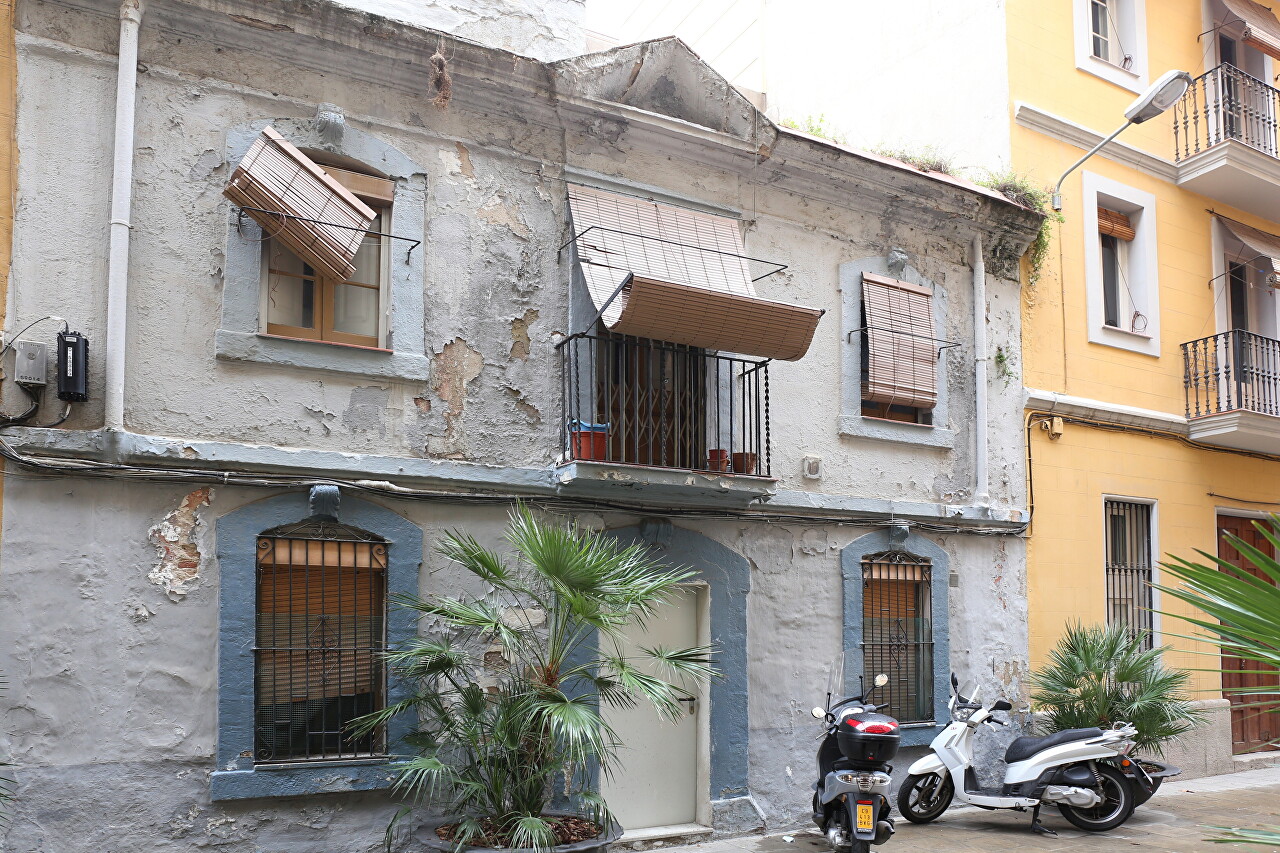
The beginning of regular development occurs in the fifties of the 18th century. The area was designed to accommodate residents of the neighboring Ribera quarter, whose homes were demolished during the construction of the Citadel of Barcelona by Philip V. The first plan for the new area was developed in 1719, the author was a Dutch military engineer in the service of Spain, Marquis Prosper Verboom (Jorge Próspero de Verboom), who supervised the construction of the Citadel. However, construction began only in 1753, under the direction and design of the military engineer Juan Martin Flint. On the site of fishing huts, strictly planned streets were laid out, which were built up in small 2-storey single-family houses (families were large), the height of the buildings was equal to the width of the streets. This decision was dictated by the need to shoot through the area from the Citadel towards the sea. Only a few such buildings have survived to this day.
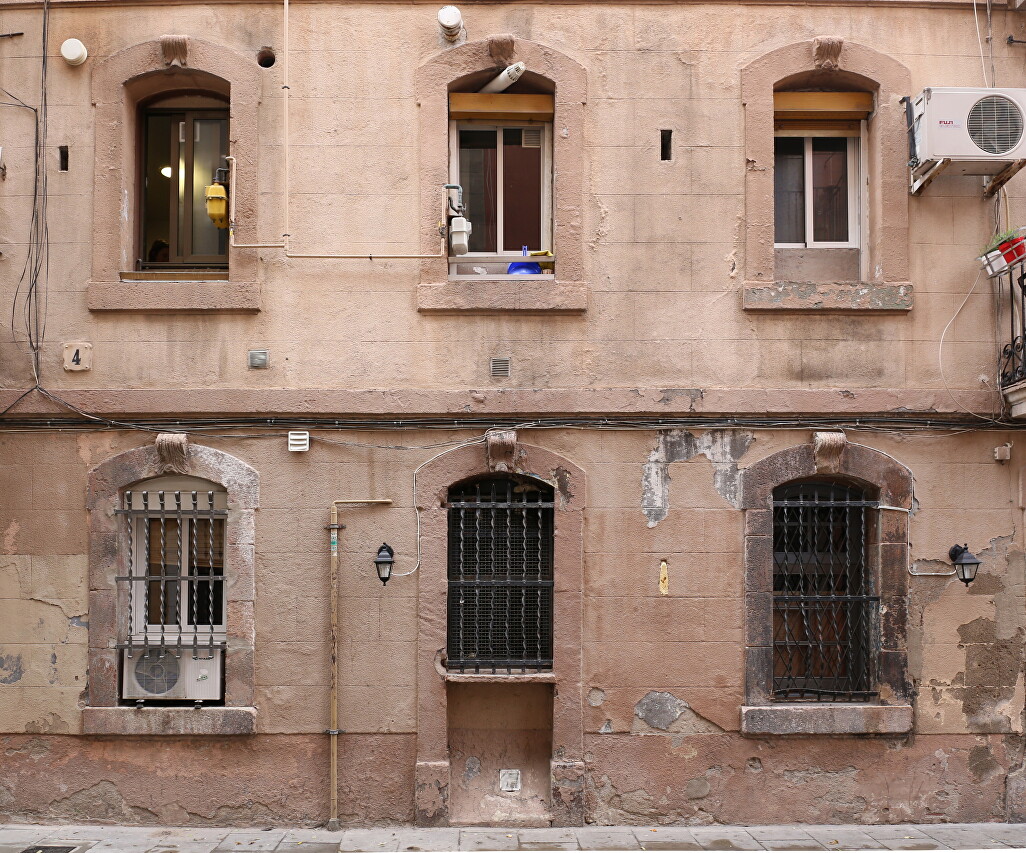
The projects of the houses did not provide for courtyards, so the streets became a place of leisure for residents - it was customary to arrange dances right on the streets, play cards and just communicate by taking chairs out of the houses. These traditions are still alive in Barceloneta today. Barceloneta was mainly inhabited by people of maritime professions-fishermen, port workers and ship repair shops. At the same time, taverns began to appear along the beaches, offering seafood dishes. The quarter was separated from the rest of the city from the west by the port, and from the north by the walls of the Citadel, as a result, it had its own special way of life and traditions - the people here lived poorly, but very cohesive. The difficulties of everyday life did not prevent you from enjoying life, and mass celebrations were often held in the area-holidays peculiar only to Barceloneta.
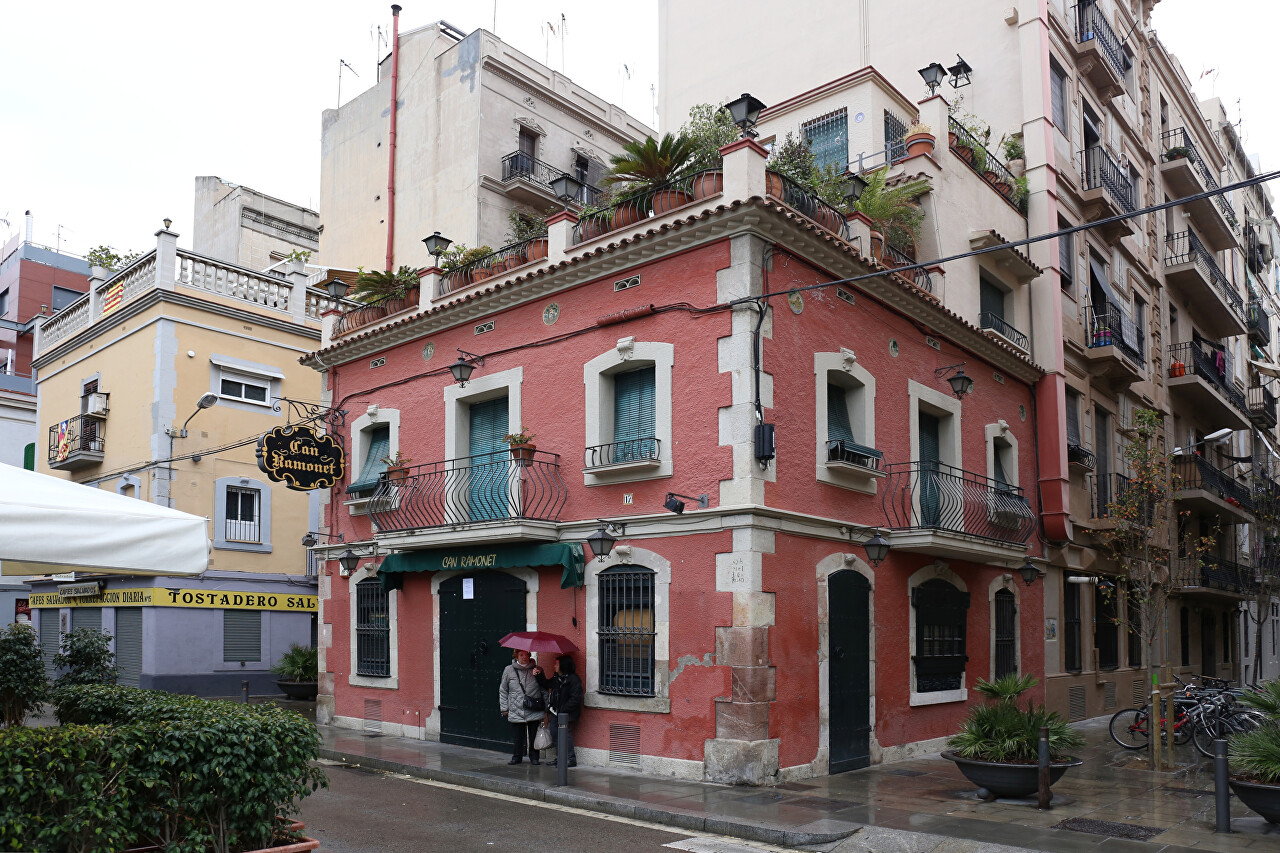
In the 19th century, there were factories producing marine and port equipment and tooling, workshops for the repair of marine engines. At the same time, the height restriction on buildings was lifted and the area began to grow upwards, which increased the population density, and over time Barceloneta became the most densely populated place in the city, while the quality of housing was extremely low, so the poorest segments of the population settled here.
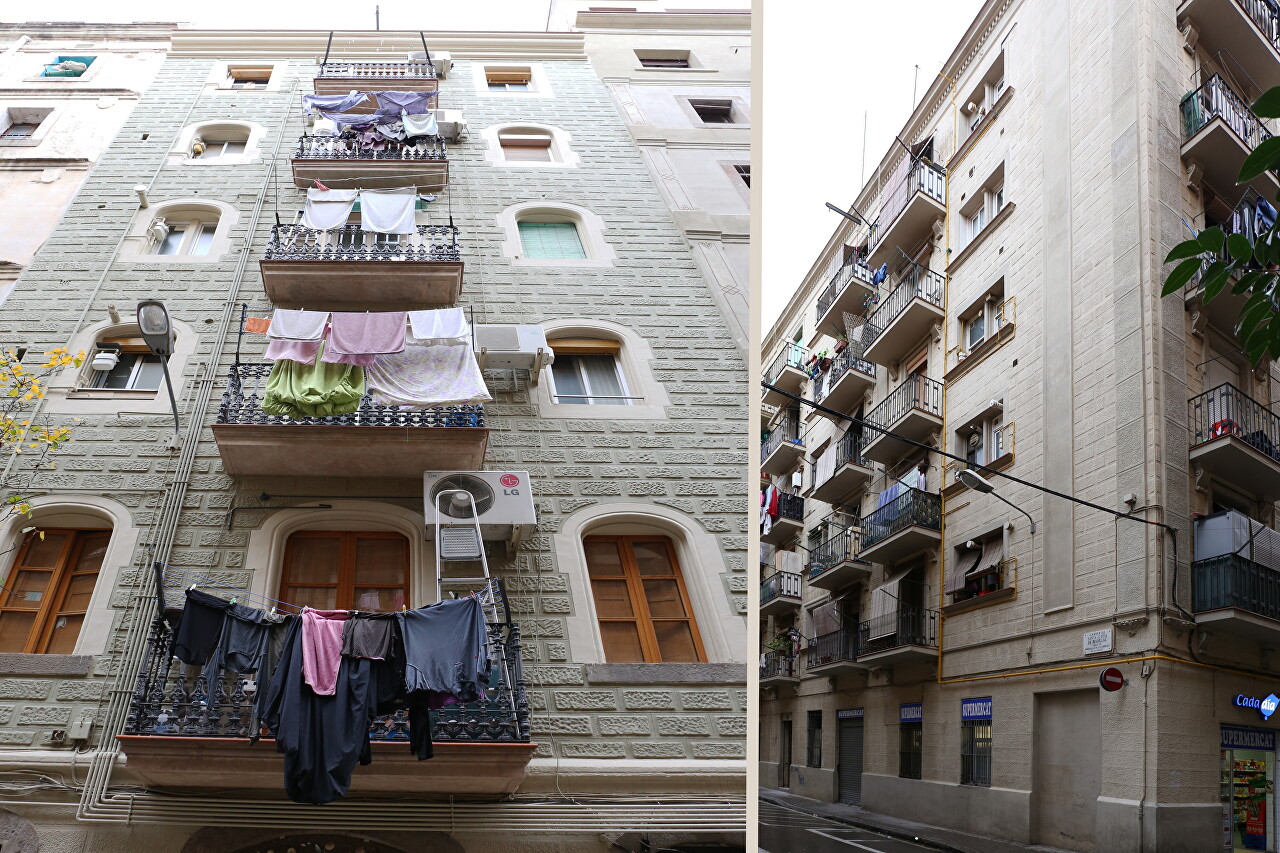
In 1986-1992, during the preparation for the Olympics, industrial enterprises were moved out of the city limits. On the territory of one of them, a former metallurgical plant, the Juan Salvat Papasseit Institute is located.
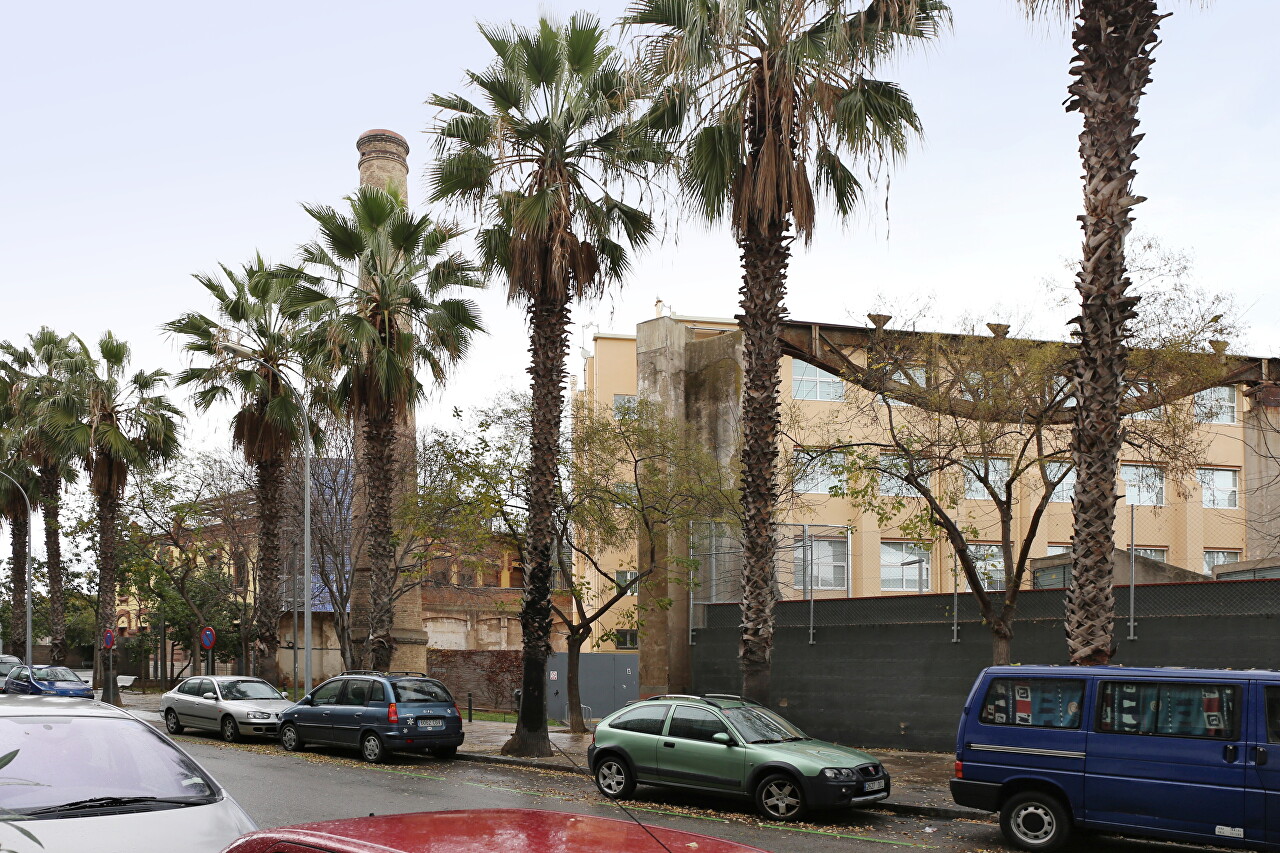
In the 70s of the 20th century, the city authorities began to improve housing conditions, some residents were resettled in new homes in other areas, and the quarter began to turn from a poor-fishing-port quarter into an abode of people of creative professions. Now about 22 thousand people live in the quarter.
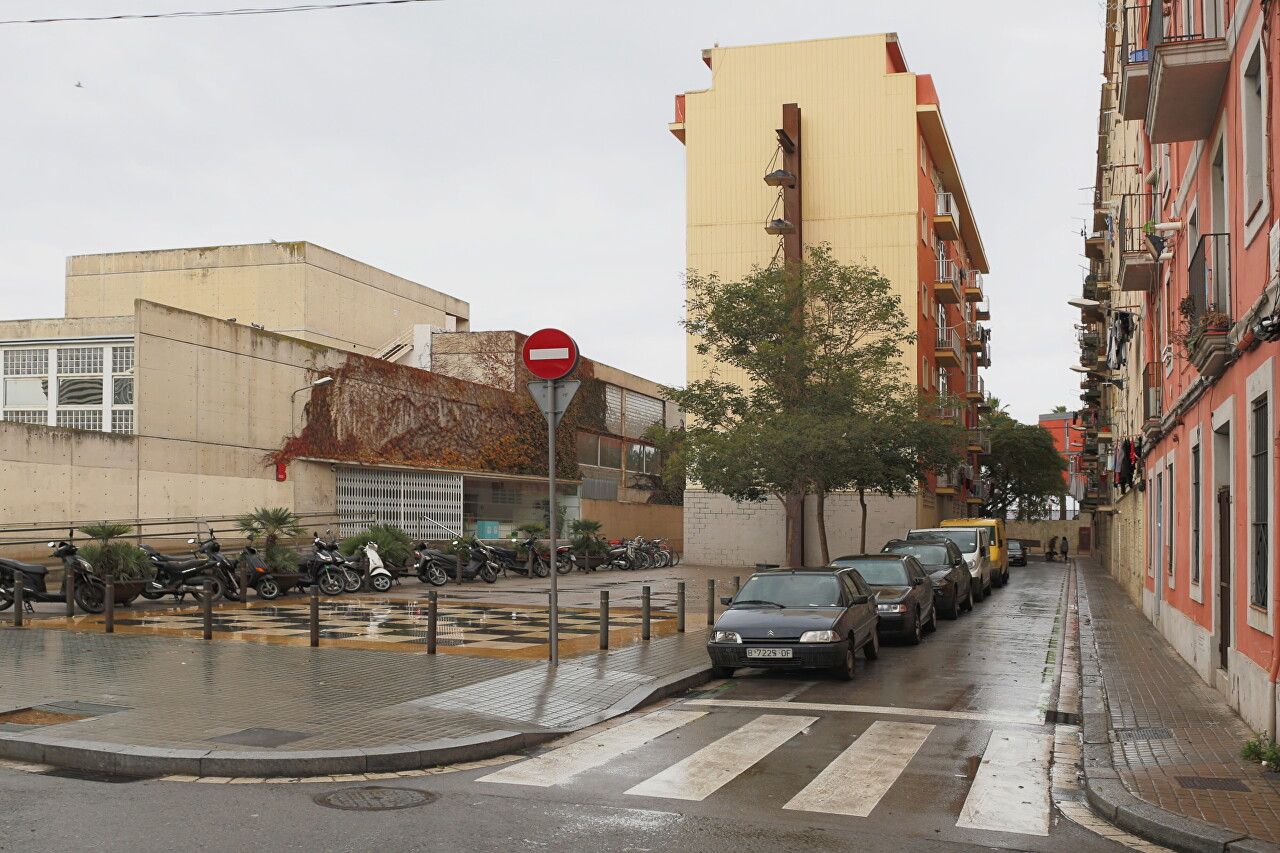
For the Olympics, beach eateries and boat sheds were demolished on the shore, and a promenade along the shore was improved, and new restaurants were opened. Since then, Barceloneta has become attractive for both tourists and locals, who spend their leisure hours here.